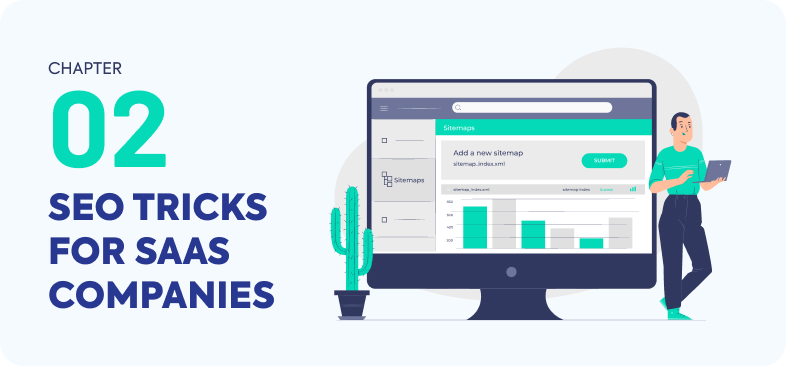
Ranking for #0 position
Ranking for position #0 is crucial for driving traffic to your website as it boosts your company’s credibility. All you need to do is play your cards right and work on your SEO strategies constantly. Nevertheless, the top 3 spots aren’t the only way to rule the search engine results. There is, however, a secret passage that can help you outrank the top positions Featured Snippet.

What are Featured Snippets?
You might have seen a snippet many times when you enter a search in Google. This position is often referred to as Position Zero. These snippets can play a major role in enhancing your search engine rankings as they take up most of the space in a search result.
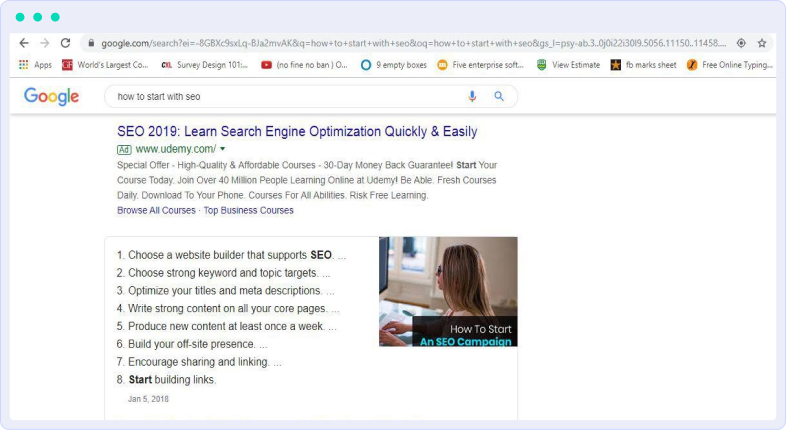
For instance, you searched for “How to start with SEO,” Google answers your question with a snippet that contains information about your question and places this link above all of the other links on the search results. This content is pulled from the content that’s already ranking on page one, but it can also pull from lower-ranking SERPs. Whether you’re ranking high or not, you will always have a chance to rank for featured snippets.

Types of Featured Snippets
Whether you’re ranking high or not, you will always have a chance to rank for featured snippets. There are 3 major snippets:
-
- List Snippet
Answers are presented in numbered or bulleted lists. List snippets usually apply to posts with step-by-step instructions.
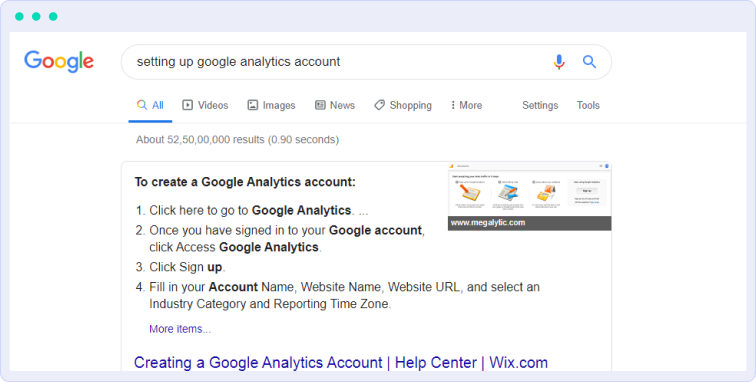
-
- Paragraph Snippet
This snippet displays answers to questions like how, why, when, and what or definitions in the form of a paragraph.
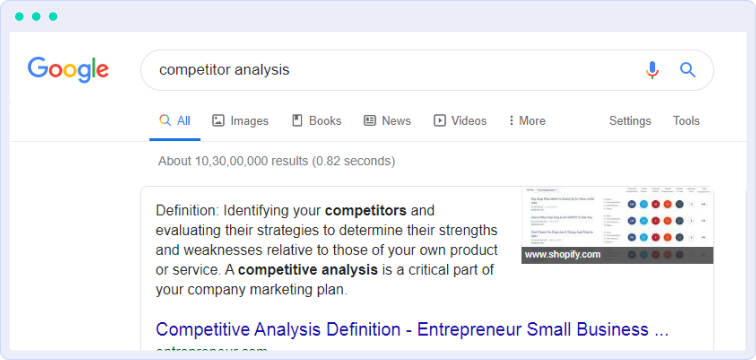
-
- Table Snippet
Answers are presented in numbered or bulleted lists. List snippets usually apply to posts with step-by-step instructions.
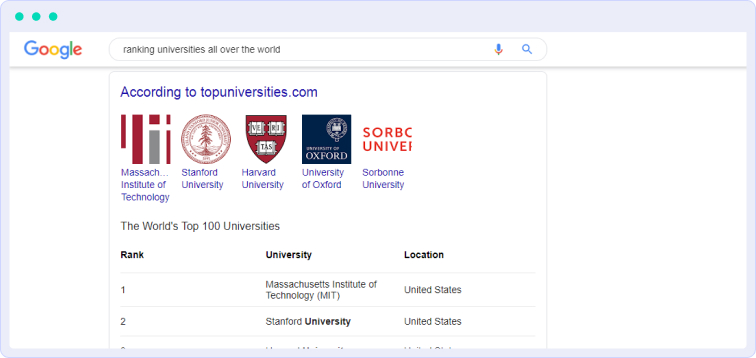

Create a “How To” section
Being a SaaS website, it is important that you have a “How to” section. It’s similar to the FAQ section. Developing a section devoted to addressing and answering questions will help you increase the traffic to your site and also might get you a chance to feature in the #0 position. For a “How to” section, you can try by combining a couple of questions (closely related to each other) into one query and answer accordingly.
- Limit Paragraph Word Count to 40-50 words
- Make an outline of your content before diving into the content
- Try to make the content as specific as possible
- Don’t make your content boring by adding unnecessary information in that, stick to the point

Conduct a Keyword Research to Aim For Question-type Search Queries
Use Answer the public to find relevant questions and then try to answer them. Answer the public will display a number of results for your query like.
For Questions:
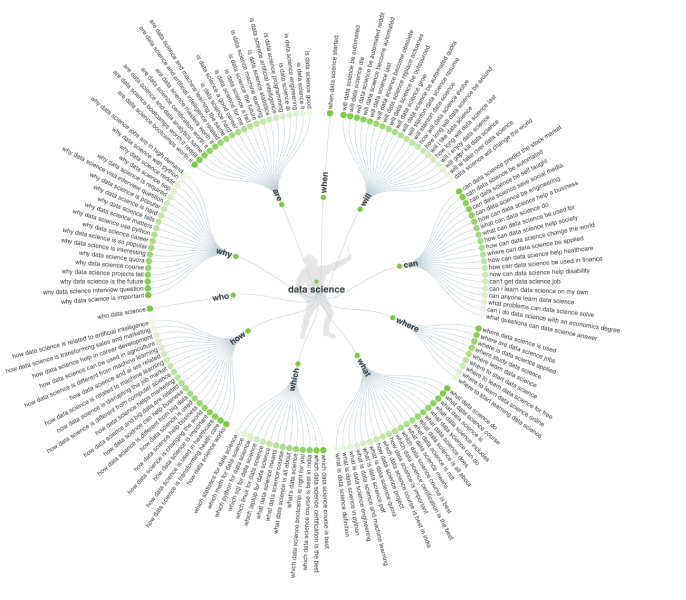
Questions are most likely to bring up featured snippets, so you can try and answer how, what, when, where, etc.
For Comparison:
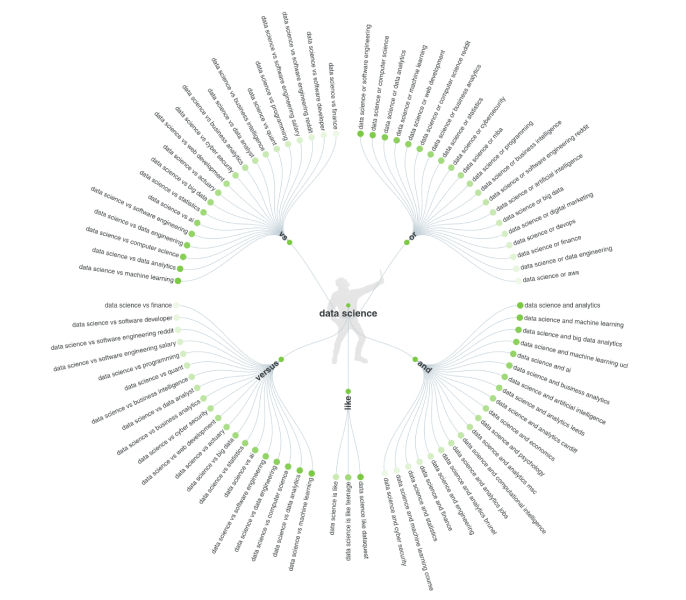
Also, make sure that you do some keyword research before you start with the content part to make sure the words you’re searching are SEO friendly. An Ahrefs study found that search queries with the following words have a better chance of getting featured :
- Recipe
- Best
- Vs.
- Make
- Definition

Enrich your content with proper content structure and Keywords
You’re already familiar with the 3 major types of snippets, the only thing you need to decide is What type of snippet do you want to rank for? Once you’re clear on that you can structure your content accordingly. Here’s how you can format your content for a snippet:
- Use header tags H1, H2, and so on
- Format your article in chronological order
- Use numbered lists, bullet-pointed lists, tables, etc properly within your content
- Add relevant images along with the snippet query
- Use keywords in title, and meta description.
- Use titles beginning with “how-to” or “what is” and try to use the targeted keywords in the meta description as well.

Find competitors’ snippets
For this, you can use SEMrush where you can check the featured snippets of your competitors in the “Featured Snippet” option under the “Organic Research” section.
With this, you can also optimize your content for the same exact words and topics.

Check The “People Also Ask” Box
Apart from researching keywords and finding relevant questions “Answer The Public”, “People Also Ask” section usually beneath the featured snippet can also help you a lot.
When working on a blog post, try to answer as many questions as you can.
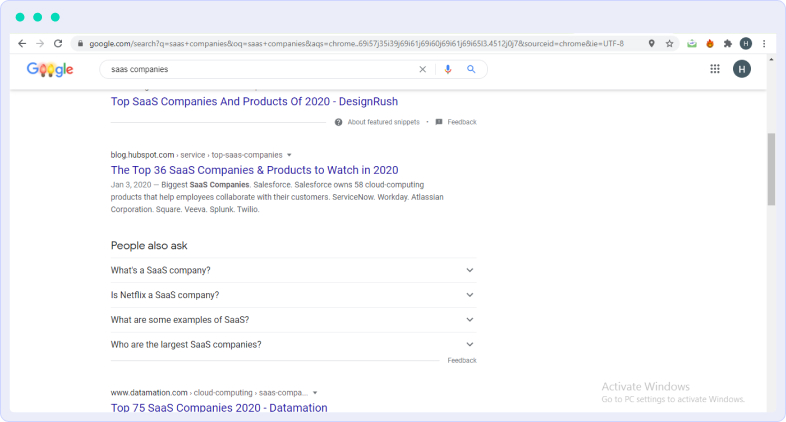

High-quality images and videos
Since it’s scientifically proven that people remember 20% of what they read and 80% of what they see, leveraging this fact can help you keep the ball in your court. Using good quality images and videos can play a key role in ranking for position #0.
- For good quality images you can use: Canva, Pixabay
- For videos, try using Magisto, Hyperlapse and don’t forget to add a transcript of the whole video

Link Building
Identify guest posting, surveys, studies, guides, and tools and link your content with relevant backlinks.
Use keywords in title, and meta description. Use titles beginning with “how-to” or “what is” and try to use the targeted keywords in the meta description as well. For the content, make sure the keyword density is 1% – 3%.

Ranking for “Alternative to Brand” Keyword
- Is your competitor running ads using your brand name?
- Are they optimizing a page on their website for your brand name?
Here’s how you can overshadow your competitors’ efforts:

Optimize for “Alternative to Competitor” Search
Create pages to target users who are looking for alternatives to your competitor by optimizing for their brand names and the word “alternative” (e.g. “alternative to Facebook,” “alternative site to Ahrefs,” “Google Analytics alternative”,etc.).
While creating this page, your main aim will be, obviously, to promote your brand as a better solution and also to optimize the “alternative” keywords search to ensure you outrank your competition. Here you need to make sure you are not over-marketing your brand but instead giving the users genuine alternatives along with your brand.
To state this in an example, assume that you’re the SEO Content Writer for Ubersuggest and you create a page with the title “Top 5 alternatives to Ahrefs”, you can add names like:
- SEMrush
- Moz
- UberSuggest
- BuzzSumo
- Keyword Planner
You can use this tactic as a part of your content development strategy. You can also have guest posts and other authored contributions and optimize them for brand “alternative” keywords, thus ending up on valuable search positions that will fortify your brand against the “alternative searches” your competitor was targeting with their SEO efforts.

Optimize for Your Competitor’s Weakness
Your competitor’s users might be searching for better alternatives, giving you another reason to outshine the search results.
For example, you are a marketing automation software and you aim to position your company against HubSpot, a highly recognized competitor. You can try creating content that aims at ranking for keywords like “Hubspot issues”.
To achieve a top search engine ranking, you also need to invest in link building tactics. The above-mentioned tactics will increase the awareness of your product within your competitor’s customer base and people will start considering your brand as a solution.

When Can I Expect The Results?
There’s a famous saying – “All Good Things To Those Who Wait”, it’s especially true in case of SEO. So before answering the above mentioned question you need to have an in depth knowledge of your website and the SEO strategies your folks are working on. Once you’ve all that in place, you need to ask yourself:
- Do you know your target keywords?
- Do you have a strong Content or Resource section?
- Have you created enough content for each keyword?
- Do you have proper, relevant backlinks or a reliable source to get them?
Although investing in SEO can seem a lot of work and at times boring as well, SEO especially for SaaS has a better ROI owing to their long-term and cost-effective results. It is a continuous process and the fact of the matter is that the more you invest (time mostly), the greater is the ROI unlike paid ads where the results stop with the budget. In comparison to the efforts and investments put into SEO, it yields exponential results higher and for a longer term than the inputs.
For SaaS companies, it’s not just about driving traffic, but also about being experts in your market niche to the extent that whenever your potential customer faces any issue, they know they can rely on your content.
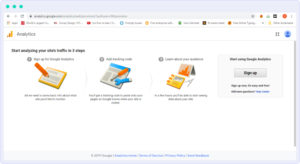
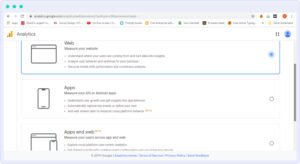
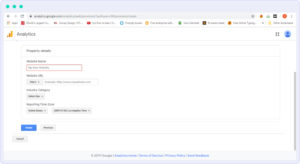 A tracking ID will be generated for your website.
A tracking ID will be generated for your website.






